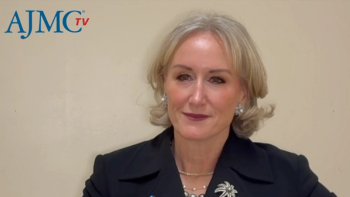
GLP-1 Drugs Not Associated With Increased Risk of Diabetic Retinopathy, Study Finds
The analysis of patient records found no elevated risk of retinopathy among those using glucagon-like peptide-1 (GLP-1) receptor agonists to treat type 2 diabetes.
Glucagon-like peptide-1 (GLP-1) receptor agonists are not associated with increased risk of incident diabetic retinopathy, according to a study published in Diabetes Care.
GLP-1 receptor agonists (RAs) lower blood sugar levels by promoting insulin secretion. Patients who use these drugs to treat type 2 diabetes not only see improved glycemic control but may also lose weight. In fact, one GLP-1 therapy, liraglutide, is approved in a formulation to treat obesity. Studies have also been published showing cardiovascular benefits for liraglutide and semaglutide, and FDA granted a cardiovascular indication for liraglutide last year.
The
During 245,825 person-years of follow-up, 10,763 patients were newly diagnosed with diabetic retinopathy. Compared with those taking 2 or more oral drugs, the risk of retinopathy among those taking the GLP-1 class was the same (hazard ratio [HR], 1.00; 95% CI, 0.85-1.17). Those taking the GLP-1 class had a 33% reduced risk of retinopathy compared with those taking insulin (HR, 0.67; 95% CI, 0.51-0.90). The authors wrote that the apparent lower risk of diabetic retinopathy may be due to residual confounding.
Reference
Douros A, Filion KB, Yin H, et al. Glucagon-like peptide-1 receptor agonists and the risk of incident diabetic retinopathy [published online August 27, 2018]. Diabetes Care. 2018. doi: 10.2337/dc17-2280.
Newsletter
Stay ahead of policy, cost, and value—subscribe to AJMC for expert insights at the intersection of clinical care and health economics.












































